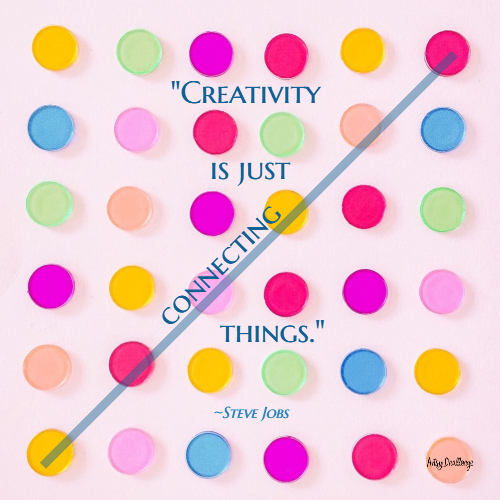
What Is Creativity?
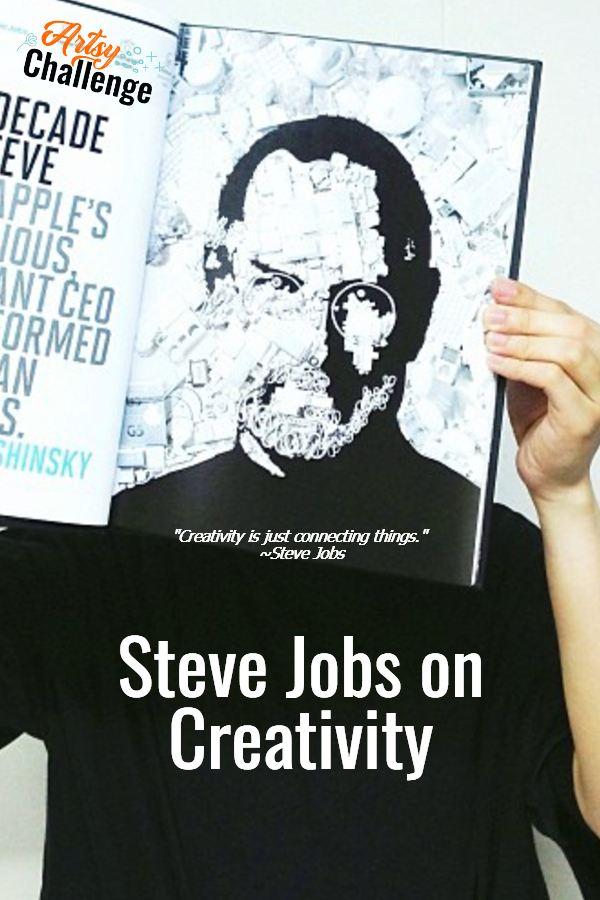 Steve Jobs will astound you with his view of creativity.
Steve Jobs will astound you with his view of creativity.
It’s so simple and crystal clear, you won’t get a nosebleed trying to understand or memorize it. I assure you.
Say goodbye to textbook definitions like these:
“Creativity is the tendency to generate or recognize ideas, alternatives, or possibilities that may be useful in solving problems, communicating with others, and entertaining ourselves and others.” ~Robert E. Franken, Human Motivation
“Creativity is any act, idea, or product that changes an existing domain, or that transforms an existing domain into a new one.” ~Mihaly Csikszentmihalyi, Creativity – Flow and the Psychology of Discovery and Invention
Here’s a good one though:
“Creativity is characterised as the ability to perceive the world in new ways, to find hidden patterns, to make connections between seemingly unrelated phenomena, and to generate solutions.” ~Linda Naiman, Creativity at Work
Similar to Steve Jobs’ but not the same.
Steve Jobs says this:
Creativity is just connecting things.”
Simple, isn’t it?

Let’s dive deeper.
In his 2011 paperback book, I, Steve Jobs, he says that people feel a little guilty when asked how they come up with their “creative idea” and the reason for that is because, in reality…
“They just saw something. It seemed obvious to them after a while. That’s because they were able to connect experiences they’ve had and synthesize new things.
“And the reason they were able to do that was that they’ve had more experiences or they have thought more about their experiences than other people.
“Unfortunately, that’s too rare a commodity. A lot of people in our industry haven’t had very diverse experiences. So they don’t have enough dots to connect, and they end up with very linear solutions without a broad perspective on the problem. The broader one’s understanding of the human experience, the better design we will have.”
If Steve Jobs were alive, he could have expounded on this, but since he isn’t, let me venture into dissecting his thoughts that point out to three steps to creativity.
To illustrate the steps, we will use the concept of dots.
3 Steps to Creativity
Step 1 – Collect as many and as varied dots as you can.
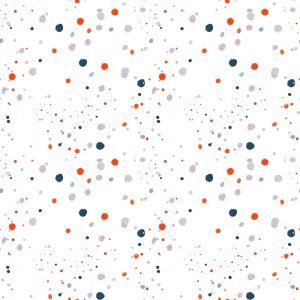
Having two dots is better than one because, at least with two, you can make a line.
However, to arrive at stellar ideas, quantity makes a big difference.
Make them as diverse as possible.
Large, extra large, medium, small, super small. Red, blue, black, white, transparent, opaque, silver, gold. Smooth, textured, bumpy, perfect, imperfect. You got it.
The way you collect your dots is important, too, because beyond the literal word, dots actually refer to acquiring or building your:
- knowledge
- skills or expertise
- interests
- passions
- talents
- connections
- exposures
- practice
- experiences
- technologies
- tools
- resources.
Step 2 – Connect all your dots.
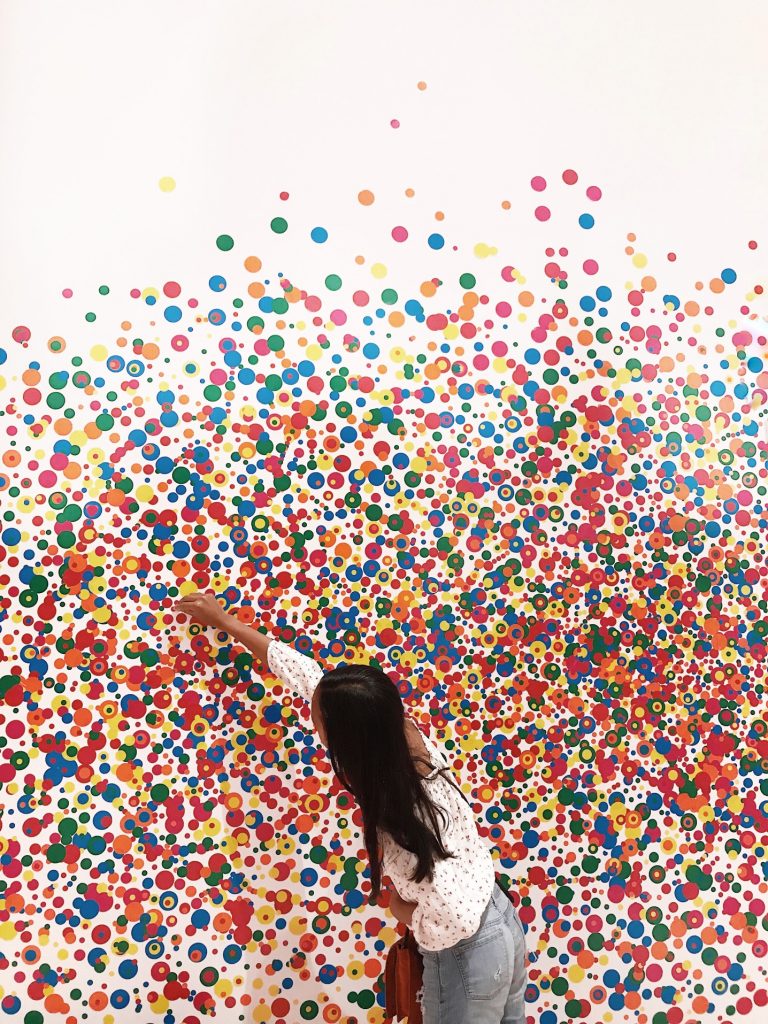
Link your dots.
Create relationships, connections, and associations with what you have.
The clearer, broader, deeper, and more intricate, the better.
You may do this deliberately but it could come naturally or intuitively with time.
Step 3 – Create new things with your dots.
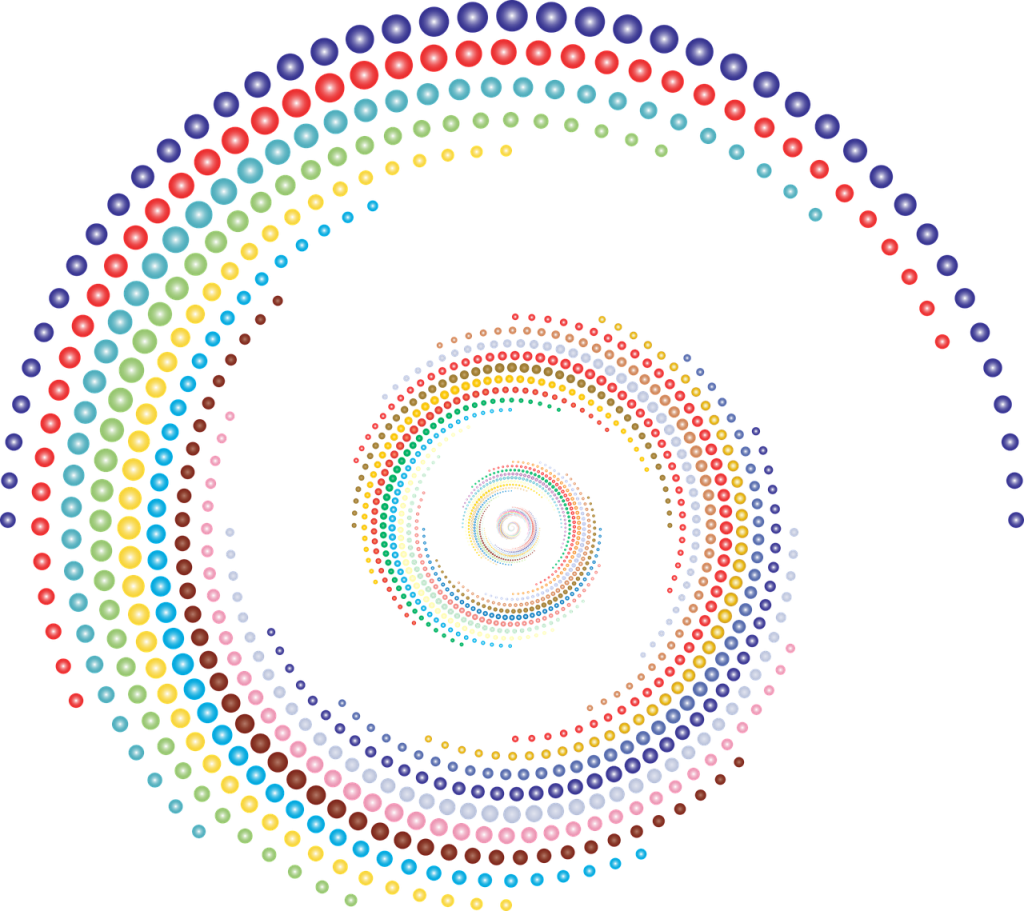
With what you have, come up with new, improved, better, fresh, innovative, more responsive:
- things
- patterns
- designs
- paths
- technologies
- approaches
- directions
- trends
- products
- experiences
- solutions
- outcomes.
Creativity: Collect, Connect and Create
After going through this article on creativity, now you can confidently define what it is.
If you can’t explain it simply, you don’t understand it well enough.” ~Albert Einstein
And what it is may be explained using dots:
- Creativity is all about connecting dots;
- You can connect the dots only if you have more than one, so that it is important to have as many dots as you can possibly collect;
- Create as many connections, links, relationships, or associations among the dots that you have;
- The more you’re able to link the dots, the better you are able to find creative solutions to every situation or create innovative things or products.
What do you think of this content?
Did it define the concept of creativity in a clearer way?
Do you agree with how creativity is defined and explained?
Share your thoughts in the comment below.
For more information on creativity, sign up below for new articles, products, or freebies.
RELATED POSTS
View all

